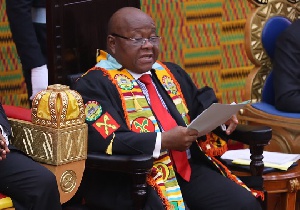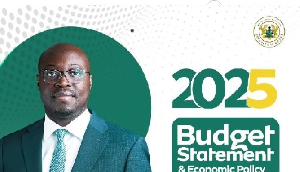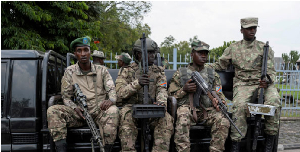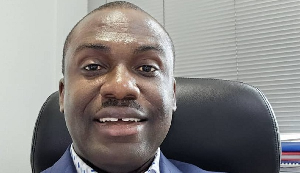The last two decades were tough years for both electronic and print media in our country. Journalists had to fight tooth and nail to preserve their right to publish news. It was not easy. Many journalists endured considerable hardships and harassment. Some journalists were imprisoned; others lost their lives,
The change of government in January 2001 and the repeal of the Criminal Label Law brought dramatic improvement in freedom of expression. Today, many journalists and newspaper houses apply their trade without having to watch over their shoulders. It is a welcome change indeed.
However, the repeal of the Criminal Label Law has not been accompanied by a real improvement in the quality of newspapers in the country. In terms of content, layout, presentation, graphics and packaging, our newspapers do not measure up to similar publications on our continent. Yes, there are quality newspapers published in our part of the world. Any Ghanaian who has visited English Speaking Commonwealth African countries such as Kenya, Nigeria, South Africa and Uganda will agree with me that the newspapers on offer in these countries are far superior to what exist on the local market here.
In Kenya, there are two major dailies, the Daily Nation and the East African Standard. As well they have the East African, which is a regional weekly. The Daily Nation and the East African Standard both publish special weekend editions. For instance, the Nation Newspaper Group publishes the Saturday Nation and the Sunday Nation. These two publications are simply delightful to read with a wide range of material, ranging from regular columnists, analysis of news and feature stories. They also have Saturday and Sunday pullouts/magazines. One can spend a whole weekend reading these newspapers.
In South Africa, one is spoiled for choice. Each major city has several dailies. And on weekends, there is a smorgasbord of newspapers to choose from. My favourite daily paper is Business Day and favourite weekend papers are Mail and Guardian that comes out every Thursday and the Sunday Independent. The quality of these dailies compares favourably with newspapers in the major cities of the world.
On the Ghanaian scene there is no newspaper that is of the same calibre as the Daily Nation of Kenya or Business Day of South Africa. I do not intend to be rude. However the beauty of life is when one is able to acknowledge a shortcoming and search for answers elsewhere to overcome the defined weakness. Indeed with the thawing of the political situation in our country, it is about time we searched for ways to improve the quality of our newspapers.
If any newspaper is in a position to bring quality to the newspaper publishing business in Ghana it is the Daily Graphic. This is because the Graphic, which considers itself as the largest newspaper in the country in terms of circulation, has the resources and the reach to re-engineer itself to meet the requirements of high quality journalism.
The new editor and his team may want to take a study tour to Kenya and South Africa to study the operational set up, content and packaging of some of the newspapers we have cited above. For example, a visit to the Nations Group in Nairobi would enable the team to learn at first hand the requirements for setting up a quality weekend paper. When I lived in Nairobi, I had thought of sending a few copies of Saturday and Sunday editions to the editor of the Graphic. Unfortunately, I never got around it before leaving in March this year for a new assignment in the Caribbean.
The re-engineering of the Graphic must inevitably resolve the ownership issue. The Daily Graphic is still hundred per cent government owned. This is unacceptable! It is anachronistic that in this era of democratic governance, the government continues to have controlling interests in a major national newspaper. That the government continues to be the major shareholder in the Graphic may account for its lack of innovation. We urge the government to off load its shares in the Daily Graphic as well as in other newspapers through the Ghana Stock Exchange. It would enable these entities to look for partners to enhance the quality of their publications.
Although we consider ourselves as very proud people, we cannot boast of having a daily newspaper that is of the same calibre as that produced in Kenya, South Africa and elsewhere on the continent.
A re-engineered Daily Graphic would have a much-improved Saturday edition. It would introduce a Sunday edition, which would have human-interest stories and analyses of political and economic issues. An improved Daily Graphic would have several opinion columns that are penned by authoritative figures who are well versed in their areas of specialisation. A re-invigorated Daily Graphic would devote considerable pages to business issues and so on.
It is hoped that some of the suggestions we have spelled out so far are in line with the vision that the new editor and his team have sketched. If that is the case, we gladly await the implementation of this new vision.









![Isaac Kwadwo Ampong [L] and President John Mahama Isaac Kwadwo Ampong [L] and President John Mahama](https://cdn.ghanaweb.com/imagelib/pics/549/54996138.295.jpg)





